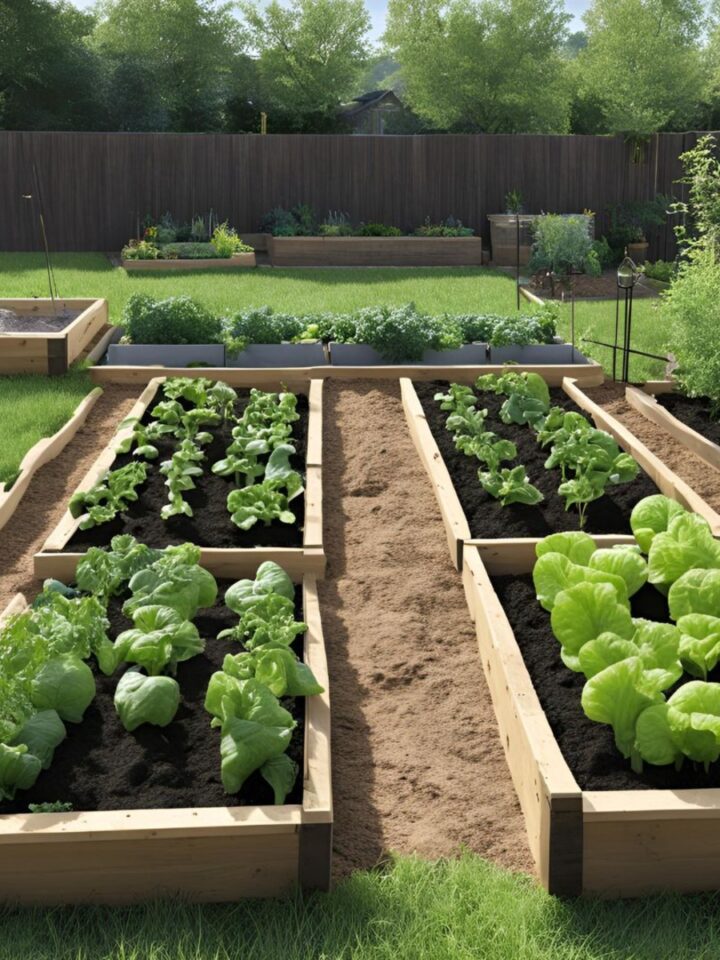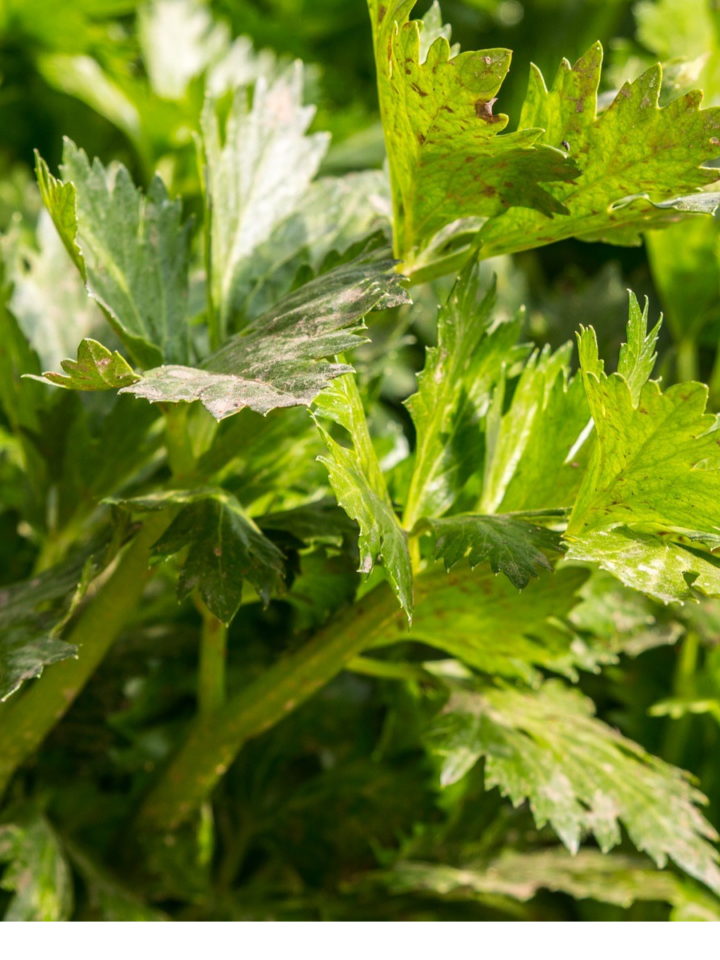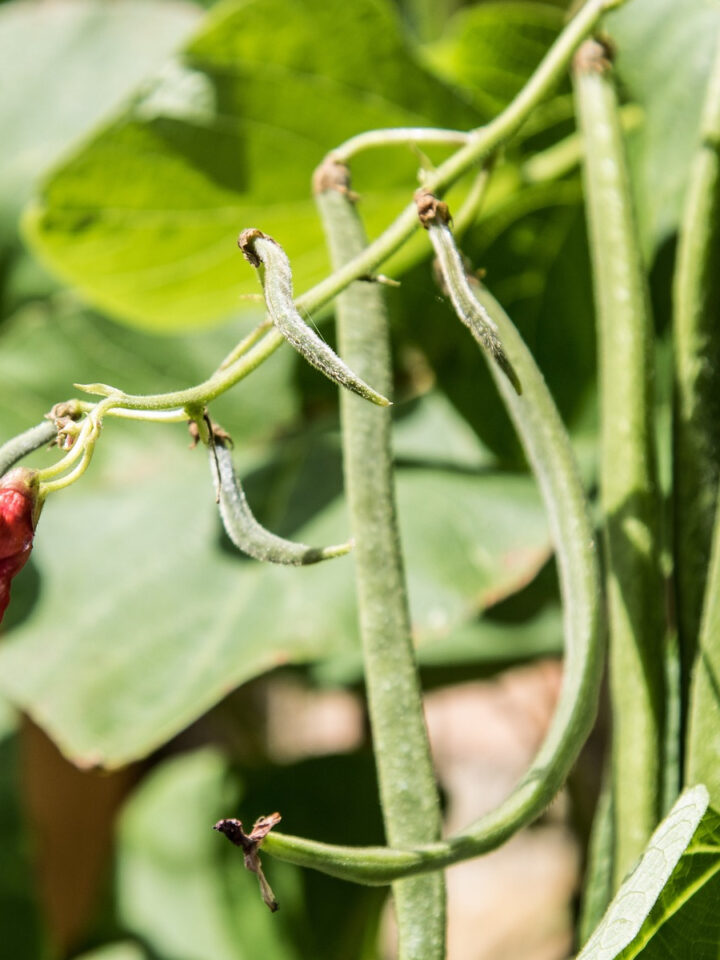This post contains affiliate links, which means I will make a commission at no extra cost to you should you click through and make a purchase. As an Amazon Associate I earn from qualifying purchases.
The cultivation of eggplant has spread across the world, and its consumption has become exceedingly popular. It has ranked among the top 10 vegetables for its antioxidant properties. Eggplant differs in shape, size, and color.
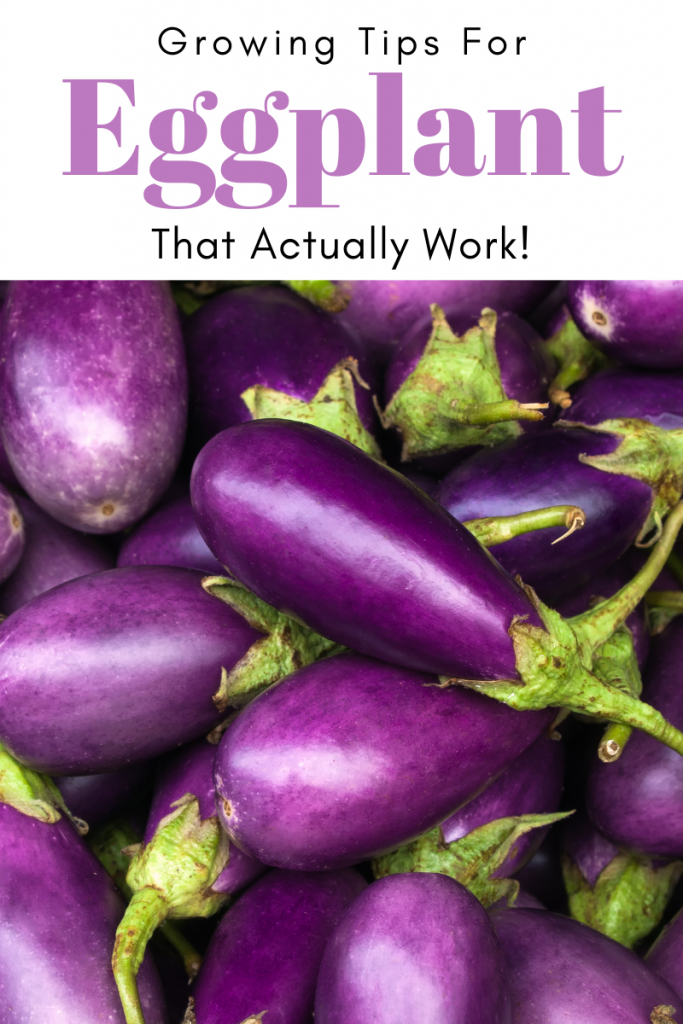
Although the white and green-colored varieties are widely available, the consumers prefer the purple variety.
Jump to:
Gardening Tips for Eggplant that Actually Work
Eggplants are exciting vegetables. They are delicious and forms an integral part of many dishes all over the world. The flavor and texture of the eggplant are markedly different from other vegetables, although it is often labeled in the same group as tomatoes. No wonder many connoisseurs regard eggplant as an intriguing food.
I love smoky eggplant dips like Mutabal and Baba Ghanouj, so healthy and delicious.
History of Eggplant
Eggplant originated primarily in China and India and has been cultivated over there for thousands of years. The vegetable was introduced into Southern and Eastern Europe by the Spanish Moors, and gradually it became popular there.
Eggplant was introduced in the Americas in the 1500s, but it was never popular then. Since the plant belonged to the Nightshade family, the people thought the eggplant was poisonous! It is interesting to note that only the larger varieties of the eggplant were common in the US.
It was only in the 1960s that the smaller versions were introduced here. Only recently, the US has embraced the Indian, Italian and Japanese versions of the eggplants.
Benefits of Eggplant
Eggplant has a wide range of health benefits. It helps to build strong bones, promotes the heart's health, and plays a crucial role in preventing osteoporosis. It is rich in dietary fiber and is loaded with vitamins, calcium, phosphorous, and magnesium. The most important benefit of the eggplant is that it increases bone mineral density and helps to build strong bones. The presence of calcium and potassium in the eggplants makes the vegetable a great choice against osteoporosis.
Basic Eggplant Facts
Eggplant seeds germinate in around two weeks, but the actual germination time depends on the heat, moisture content, and seed age. One can transplant the seedlings at least two to three weeks after germination.
The plant would take around 100 to 120 days to gain full maturity. The plant's growing season is the months from July to October, depending on the variety of seeds planted. The taste of the eggplant is best when it is harvested at an early stage.
Eggplant prefers full sun and requires five months of warm weather for optimal production of fruits. The daytime growing temperature should range between 70 to 85 degrees F. However, if the temperature increases to more than 95 degrees F, the plant will drop the immature fruit.
A single plant can yield a maximum of 15 eggplants, but the actual number will depend upon the variety of seed that has been sown.
Contrary to popular belief, eggplant can be eaten raw, but it will not taste very pleasant. It tastes best when it is cooked. Eggplant can be cooked in various ways, although many prefer to have it stir-fried, roasted over pasta, or just as a simple curry.
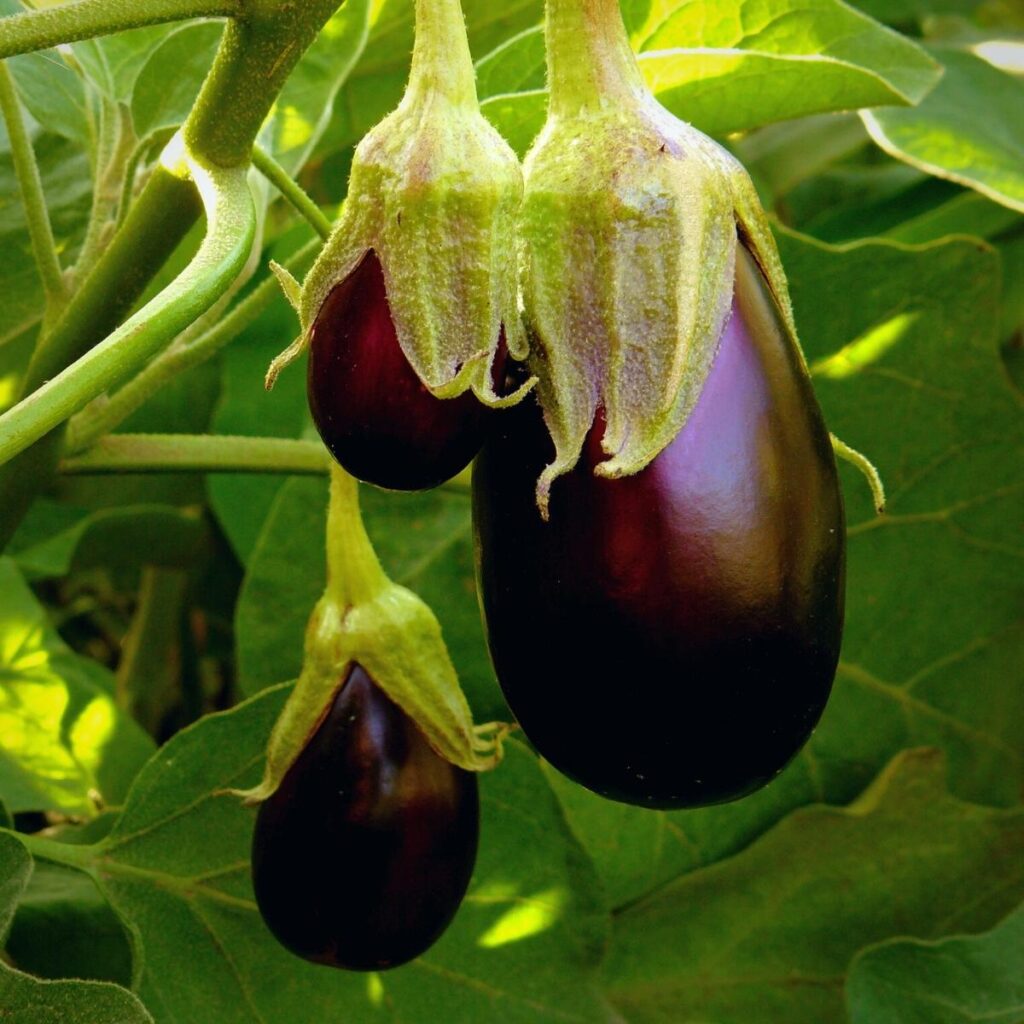
Gardening Tips for Eggplant: Soil
Eggplant prefers well-drained, fertile, and sandy soils that have a pH balance between 5.5 and 7.2. The organic matter content of the soil must be on the higher side, so it is prudent to put a 4-inch layer of compost.
Planting
One must start indoors and allow at least ten weeks for the young plants to come out and develop. As soon as the seedlings are three inches tall, they can be transplanted to individual peat plants. As soon as they are 6 inches tall, they can be transported to be planted outdoors. When fully grown, each plant should bear 3 to 4 fruits.

Gardening Tips for Eggplant: Plant Care
Eggplants will do well when the soil always has moisture. The young plants should be watered regularly, so that deep roots are developed. One may even consider using mulch so that the soil is warm, moist and the weeds are kept away.
Harvesting Eggplant
Eggplant should be harvested when the inner flesh attains a cream color, and the fruits are firm. One may need to cut into the fruit to check the condition of the flesh and the size of the seeds if any. The skin color and the size of the fruit will determine when it is ready to get harvested.
Enjoying Eggplant
The most revered dish that can be prepared using eggplant is the famous Ratatouille, a dish that has been made more famous by the animation movie of the same name. It is a great way to enjoy the vegetable. One can also make other exciting dishes like eggplant pizza, a simple eggplant, or even roasted eggplants.
Easy Eggplant Recipe
If you enjoy eggplant and looking for a fantastic recipe to enjoy this fall vegetable, you can try the Garlic Parmesan Baked Eggplant recipe. It is delicious and super easy to make.

